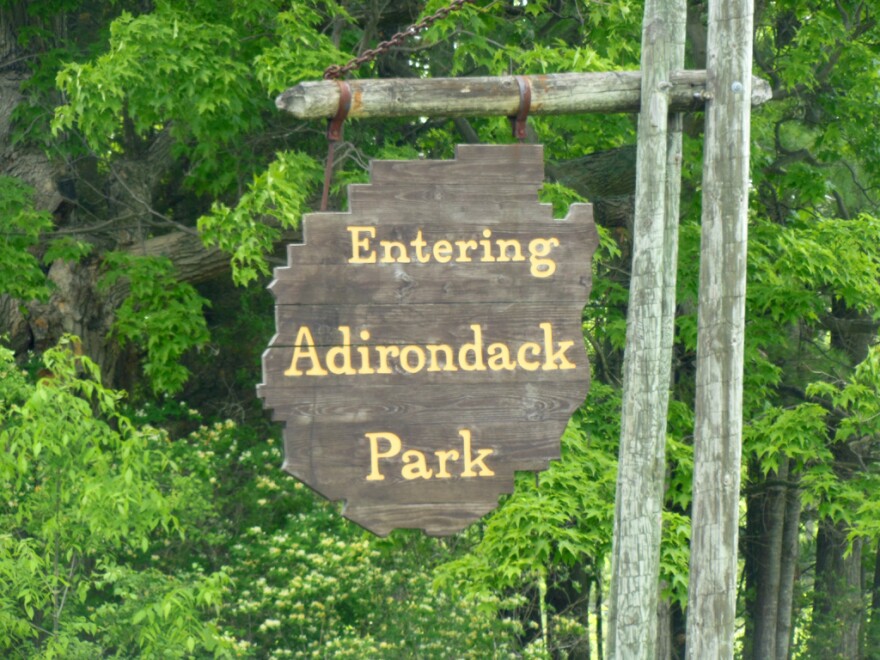Arguments were heard this week in state Supreme Court on whether cutting trees to create new snowmobile trails in the Adirondacks violate the "forever wild" clause of New York's constitution. It could set precedent.
The group Protect the Adirondacks claims over 31,000 trees are being cut and the forest’s character is being altered as the Department of Environmental Conservation constructs Class II community connector snowmobile trails across 36 miles of the Adirondacks. This summer the group convinced the appellate court to issue a preliminary injunction halting any tree cutting. It forced the suspension of work on the trails. The oral arguments this week before the trial-level state Supreme Court in Albany, according to Protect Executive Director Peter Bauer, were motions for summary judgment to determine if their case will go to trial. “This lawsuit is about two things. The Forever Wild clause is supposed to keep the Forest Preserve a wild place. And this lawsuit challenges the construction of these snowmobile trails because of the sheer number of trees that are going to be cut down. The other thing that happens with these road-like trails is the massive alteration of the terrain and removes the wild forest character of that area.”
In previous filings the state has argued that Protect “…has unilaterally redefined ‘timber’ to include every stage of a tree. Accordingly, its tree counts are grossly inflated.” The DEC lawyers argue that no substantial cutting occurred and each trail is designed to retain the character of a foot trail.
Adirondack Park Local Government Review Board Executive Director Fred Monroe says Protect has counted every stem, sapling and seedling regardless of what the state Constitution says. “The Constitution doesn’t talk about trees. It talks about timber. And timber is defined as trees that are capable of being sawed into dimensional lumber. And we believe that the correct decision will be that cutting some trees and smaller vegetation to create snowmobile trails is within the Constitutional guidelines as set forth by the Court of Appeals.”
But Bauer disagrees with that interpretation. “The actual delegates to the 1894 Constitutional Convention, which created the Forever Wild Forest Preserve, they were all using trees and timber interchangeably. So we don’t buy the argument that the Constitution only protects large trees in the Forest Preserve. Small trees clearly have an ecologic role in the Forest Preserve. The size of a tree is affected by the species, by the location, by the slope. You have many trees throughout the Forest Preserve that are small and play a very important role in the ecosystem of the Forest Preserve.”
Bauer says there needs to be a way for the state to maintain and manage the Forest Preserve, but a Constitutional amendment is needed for the work the state is attempting to complete on the snowmobile network.
Hamilton County Board of Supervisors Chair Bill Farber contends that there has been a comprehensive snowmobile plan in place and Protect’s litigation is a threat to Adirondack communities’ economic stability. “This Protect lawsuit really seeks to redefine what ought to be characterized as a tree. And I think that could actually have a chilling effect on more than just snowmobile trails because it will certainly change the impacts whether we’re building a hiking trail or any kind of trail if you start to use this very small vegetation for the purpose of trying to determine a tree count and therefore materiality. It really could be devastating to recreation in the Adirondacks.”
Protect the Adirondacks now awaits two decisions: whether the case will move to trial in the spring and if the Appelate Division will issue a permanent injunction blocking tree cutting on the trails.





